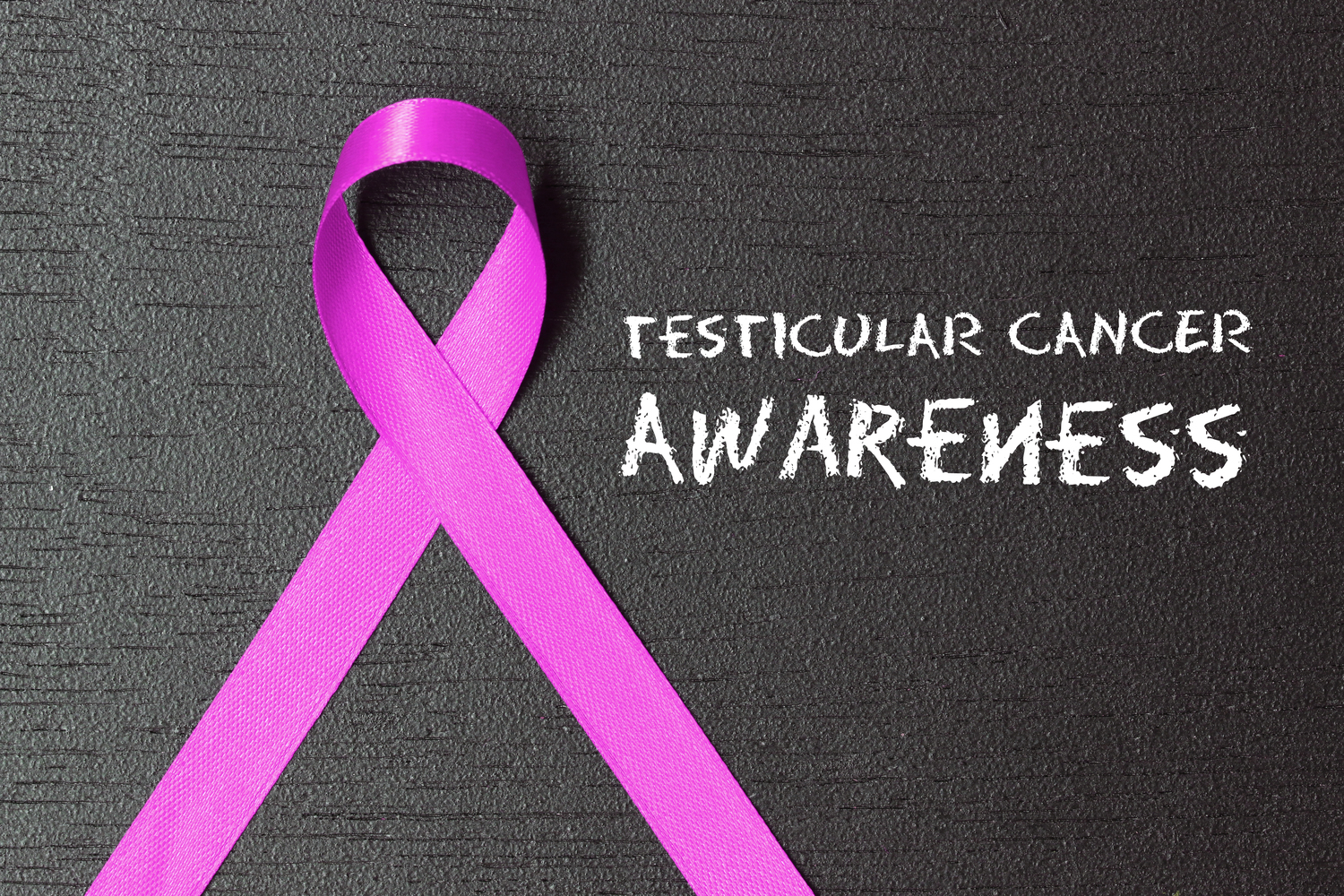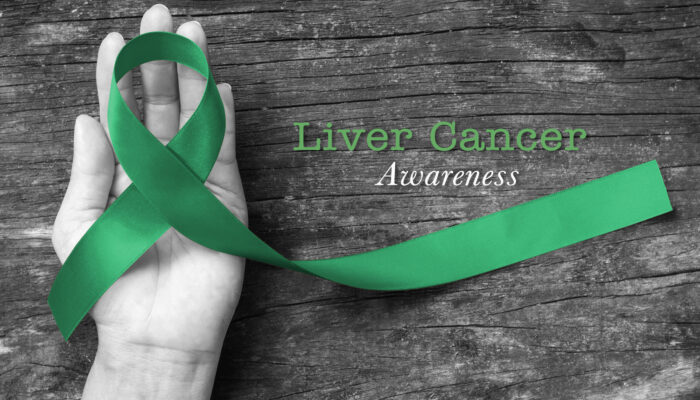
Diagnosis and tests for testicular cancer
Testicular cancer can spread rapidly, like most types of cancer, hence diagnosis is crucial.
Doctors have many options to test or diagnose testicular cancer. The tests start with a physical examination to confirm or rule out suspicions. This physical exam is similar to the self-tests conducted by patients. If the doctor is convinced that the patient is actually suffering from testicular cancer, a series of examinations are recommended. The doctor is most likely to refer the patient to a urologist for a complete examination of the urinary tract.
Once that is done, an ultrasound test is done to take pictures of the organs inside the body. Clear images of the testicles help the doctors look at the abnormalities. The ultrasound also helps reveal the size, exact location, and forms of the tumor inside the testicles. Blood tests are then performed if the ultrasound points out to the presence of a tumor. If need be, the testes are removed after surgery to prevent spreading of cancer. Prior to surgery, the levels of serum tumors and the tumor markers are measured. Tumor markers in the blood are found at high levels than normal when someone is suffering from cancer. As most testicular cancers are germ cell tumors, it is the pathologist who establishes the exact type. They check the thin tissues from the testicles and diagnose it. These tissues are obtained through a procedure called orchiectomy where the entire testicle is removed after an incision on the groin.
Once it is established that a patient has testicular cancer, other series of tests are also done to detect the stage of cancer and its spread to other parts of the body. The abdomen, waist, and chest are the areas that are normally screened. X- Rays are done for initial screening of the chest and lungs.
A CT scan test is advised to measure the size of the tumor and to have a clearer examination of the abdomen, waist, lungs, brain, chest and other areas where the cancer might have spread. Doctors also conduct a biopsy where a small portion of tissue is removed and physically examined under a microscope. Biopsy of lung tissues is normally performed to check if testicular cancer has spread.
PET scans too are done, but they do not help diagnose testicular cancer. They, however, help men with metastatic seminoma, which still can remain after chemotherapy. Doctors recommend an MRI scan only when CT or PET scans fail to identify or locate cancer. Though CT scans are preferred over MRI scan for testicular cancer, an MRI helps indicate the possibility of the condition spreading to the brain.



